Shilajit (Asphaltum Punjabianum) is a substance found at high altitudes within mountain ranges around the world. It is formed over long periods of time through the digestion of decomposed plants and minerals by microbes. The specific phytochemical composition of Shilajit can vary depending on the region where it is harvested. In Ayurvedic medicine, Shilajit has been used as a panacea, or cure-all for various diseases, due to its effectiveness in treating many health conditions. In Western cultures, Shilajit is becoming a popular herb for rejuvenation and general wellness support.
Disclaimer: This information is provided for educational purposes only and should not be considered medical advice. Consult a licensed healthcare practitioner before making any changes to an existing wellness regimen.
Folklore
Traditional healers in the Himalayan region first became aware of Shilajit by observing differences in monkey populations living at varying elevations in the mountains. They noticed that monkeys residing at higher altitudes where they had access to consume Shilajit appeared to be stronger, more agile, and cooperative compared to monkey populations living at lower elevations without Shilajit.
These observations led ancient practitioners and healers in the region to incorporate Shilajit into their medical traditions. They believed that if Shilajit could have such noticeable positive effects on the health and vitality of wild monkeys, then it likely contained rejuvenating properties that could benefit humans as well.

Over time, healers and herbalists began experimenting with Shilajit as a treatment for various ailments. They found it to be effective for supporting energy levels, cognitive function, libido and fertility, and joint and muscle flexibility. Shilajit also appeared to have antioxidant and anti-inflammatory properties that could benefit those with chronic health conditions.
As word spread of Shilajit's rejuvenating and restorative effects, it gained prominence within the Ayurvedic medical tradition of India and other South Asian countries. Shilajit became valued as a rasayana herb, a category of substances believed to rejuvenate the body and prolong life. It was prescribed for a wide range of conditions and considered a panacea, or cure-all.
History of Use
For over 3,000 years, Shilajit has been used in traditional Ayurvedic medicine to support a wide range of health conditions. Practitioners have prescribed Shilajit for improving cognitive function, reducing inflammation, regulating blood sugar levels, boosting immunity, and enhancing fertility. It is classified as a medhya rasayana, a type of Ayurvedic herb that nourishes memory, intellect and longevity.
According to Ayurveda, rasayanas increase physical strength and promote overall health and wellbeing. Shilajit has been valued as a rasayana herb for its rejuvenating and life-prolonging properties. It has been used to treat conditions related to aging, fatigue, weakness, and loss of cognitive function.
As trade expanded between India and other parts of the world, Shilajit from the Himalayas became accessible to a broader population. Wealthy individuals in Europe began using Shilajit for its purported health benefits.
In the early 1900s, scientists began studying Shilajit's chemical composition, effects on health, and natural occurrence in mountain regions worldwide. Researchers identified various bioactive compounds in Shilajit that may contribute to its rejuvenating properties.
To this day, Shilajit remains a popular herbal remedy in Nepal. It is commonly used there to alleviate symptoms of altitude sickness and anxiety among locals and visitors to the Himalayas.
Forms of Shilajit
Shilajit can be found in powder, resin or liquid form depending on processing methods. When extracted properly, powder form may provide the highest concentration of active compounds. The supplier of our Shilajit resin utilizes traditional Ayurvedic purification and a cold-water extraction under high pressure to remove impurities and concentrate fulvic acid levels for maximum potency.

Potential Health Benefits
Shilajit's high antioxidant fulvic acid content has been associated with various wellness properties:
-
Cognitive function: Studies support Shilajit's traditional use for memory when combined with B vitamins and show it may delay Alzheimer's disease onset.
-
Shilajit has been used traditionally for centuries to support memory and mental clarity. Several studies have investigated Shilajit's potential benefits for the brain.
-
In a 2011 study, rats given Shilajit extract showed improvements in learning and memory tasks compared to controls.
-
Researchers attributed the effects to Shilajit's high level of fulvic acid, antioxidants and micronutrients that can protect brain cells and support neurotransmitter function. Studies have also explored Shilajit's potential to delay or reduce symptoms of Alzheimer's disease.
-
In 2015, researchers found that Shilajit extract was able to inhibit beta amyloid formation, a hallmark of Alzheimer's, in lab studies.
-
Shilajit's ability to reduce oxidative stress and inflammation in the brain, in addition to increasing levels of neurotransmitters and brain-derived neurotrophic factor, have been proposed as potential mechanisms for its reported memory-supporting effects.
-
Energy: As an ATP regulator, Shilajit supports elevated energy and endurance during exercise.
-
Energy Production: Shilajit supports the production of ATP, the cellular "energy currency", thereby promoting natural energy.
-
Exercise Performance: By boosting ATP levels, Shilajit may enhance endurance and performance during exercise.
-
Fatigue Reduction: The increase in available energy from Shilajit supplementation can help reduce feelings of tiredness and fatigue.
-
Recovery: Shilajit's energy-boosting effects may speed up recovery following exercise by replenishing depleted ATP stores more quickly.
-
Anti-aging: Fulvic acid helps combat free radical damage similarly to blueberries, supporting cellular health and delayed visible aging.
-
Rejuvenation: Fulvic acid functions as an antioxidant, fighting free radical damage that contributes to the visible signs of aging like wrinkles and age spots.
-
Cellular health: The antioxidants in fulvic acid help protect cells from oxidative stress, which damages cellular components and DNA over time. This supports overall cellular health and longevity.
-
Collagen production: Shilajit's high levels of trace minerals may help stimulate collagen production, preserving youthful skin elasticity and firmness.
-
Age-related inflammation: The anti-inflammatory effects of fulvic acid can help reduce chronic inflammation associated with aging and age-related diseases.
-
Gene expression: Preliminary research suggests Shilajit may influence gene expression involved in the aging process, though more studies are needed.
-
Altitude tolerance: Shilajit enhances nutrient transport and immune function, aiding acclimation to higher elevations by reducing fatigue and lethargy.
-
Improve oxygen utilization and transport. Fulvic acid chelates minerals like iron that are involved in oxygen transport through red blood cells. This may enhance oxygen delivery to tissues.
-
Boost mitochondrial function. Mitochondria produce energy within cells using oxygen. Shilajit has been shown to optimize mitochondrial activity, potentially increasing efficiency of oxygen use at the cellular level.
-
Support the immune system. Higher altitudes are associated with more oxidative stress and suppressed immunity. Shilajit's antioxidants help fight free radicals while also strengthening immune cell function to better resist fatigue and illness.
-
Regulate hormones affected by altitude. Cortisol and other hormones involved in stress response can become dysregulated at higher elevations. Shilajit may balance these hormones to improve tolerance of the lower oxygen environment.
-
Enhance nutrient absorption. Fulvic acid forms complexes with nutrients that may be better absorbed. This ensures adequate mineral status for optimal physiological adaptation to higher altitude conditions.
-
Reduce inflammation. The lower oxygen at altitude can cause inflammation throughout the body. Shilajit's anti-inflammatory properties may counteract this inflammation and its symptoms like joint pain and headaches.
Recommendations for Use
We recommend starting with a dosage of 250-500mg per day, taken one to two times daily. Our wild harvested Shilajit is tested for potency and purity, ensuring you receive the full benefits of this ancient superherb.
When taking Shilajit for the first time, start with a lower dosage and increase gradually to determine your ideal amount for the effects you desire. Listen to your body and adjust the dosage up or down based on your experience. Some people notice benefits after just a few weeks of regular use, while for others it may take a few months before the full range of Shilajit's rejuvenating powers take effect.
Give our wild harvested Shilajit a try today. We're confident you'll feel the potency and enjoy the benefits this legendary herb has to offer. If you have any questions about dosage, potential interactions or how to best incorporate Shilajit into your health and wellness routine, please feel free to contact us. We're here to help you harness the full potential of this incredible superherb.
References
-
Carrasco-Gallardo, C., Guzmán, L., & Maccioni, R. B. (2012). Shilajit: A Natural Phytocomplex with Potential Procognitive Activity. International Journal of Alzheimer’s Disease, 2012, 1–4. https://doi.org/10.1155/2012/674142
-
Carrasco-Gallardo, C., Farías, G., Fuentes, P., Crespo, F., & Maccioni, R. B. (2012). Can nutraceuticals prevent Alzheimer’s disease? Potential therapeutic role of a formulation containing shilajit and complex B vitamins. Archives of Medical Research, 43(8), 699–704. https://doi.org/10.1016/j.arcmed.2012.10.010
-
Mirza, A., Alam, M., Faiyazuddin, Mahmood, D., Bairwa, R., & Mustafa, G. (2010). Shilajit: An Ancient Panacea. International Journal of Current Pharmaceutical Review and Research, 1(1), 2–11.
-
Stohs, S. J. (2013). Safety and efficacy of Shilajit (Mumie, Moomiyo). Phytotherapy Research, 28(4), 475–479. https://doi.org/10.1002/ptr.5018
-
Stohs, S. J., Singh, K., Das, A., Roy, S., & Sen, C. K. (2017). Energy and Health Benefits of Shilajit. Elsevier eBooks, 187–204. https://doi.org/10.1016/b978-0-12-805413-0.00012-0
-
Meena, H. S., Pandey, H., Arya, M. C., & Ahmed, Z. (2010). Shilajit: A panacea for high-altitude problems. International Journal of Ayurveda Research, 1(1), 37. https://doi.org/10.4103/0974-7788.59942
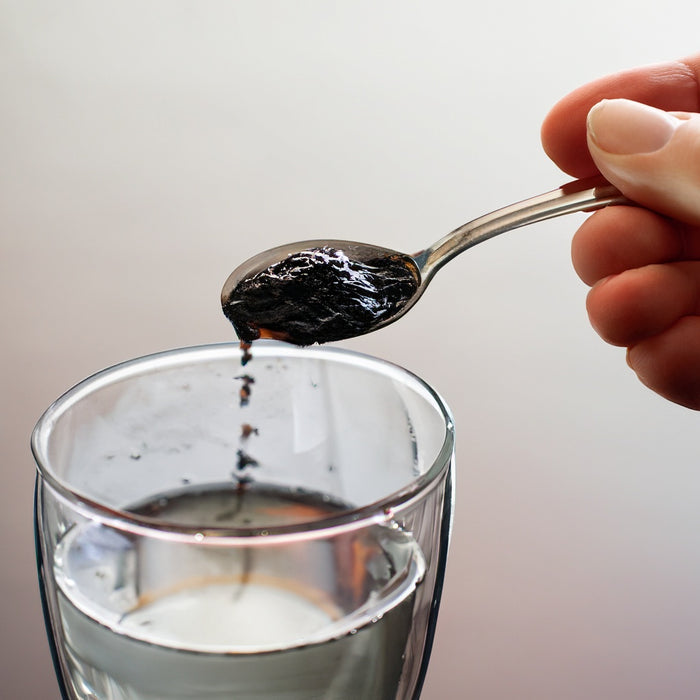




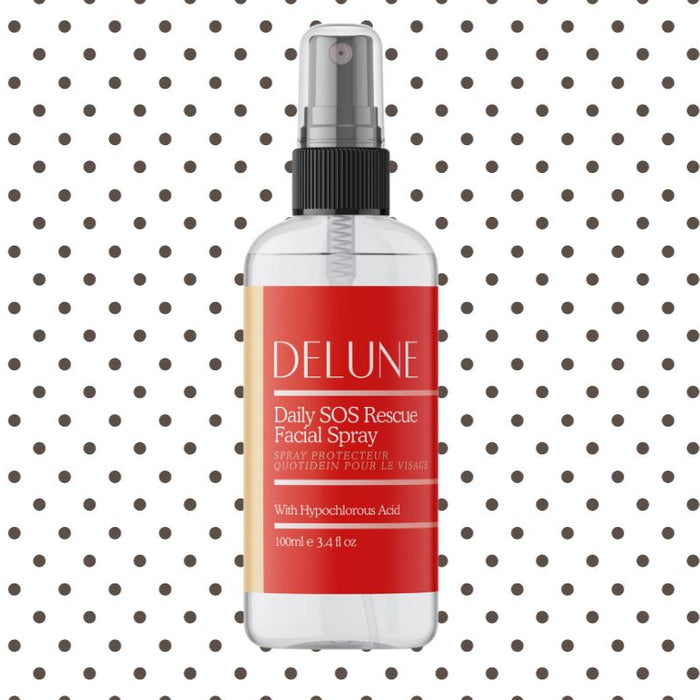


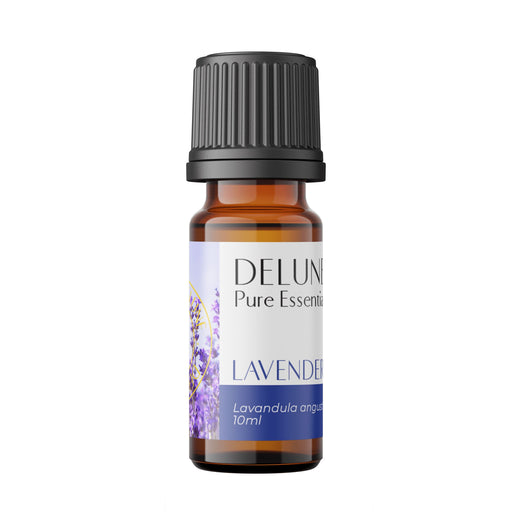

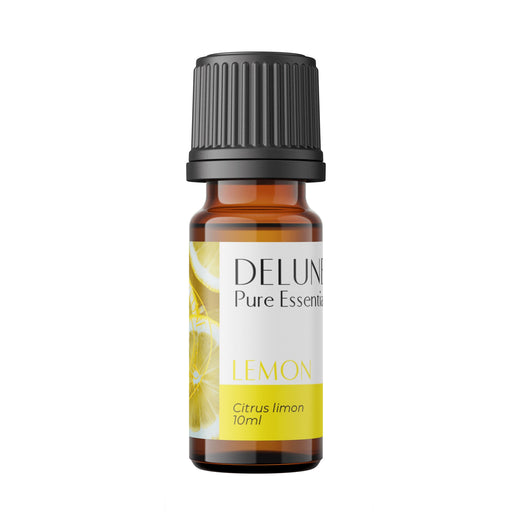



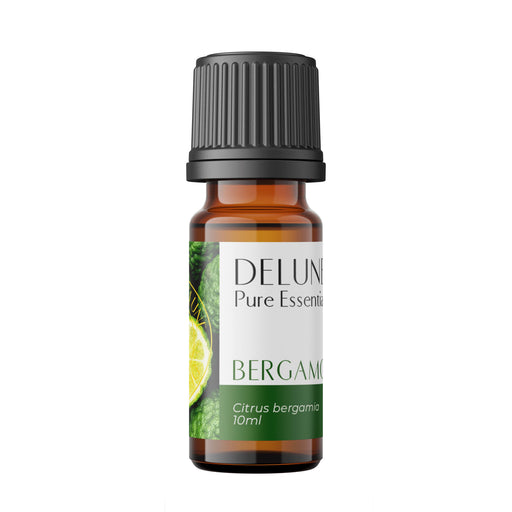

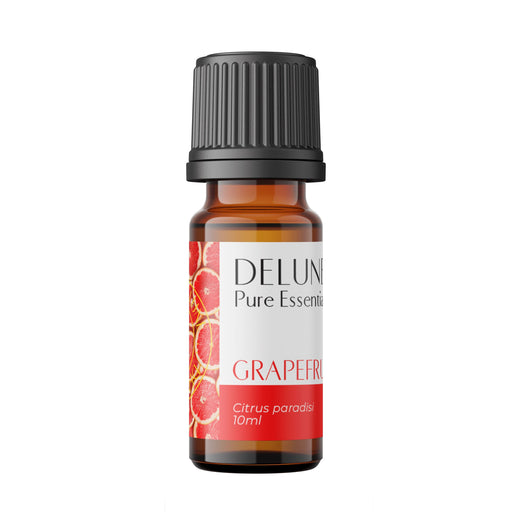

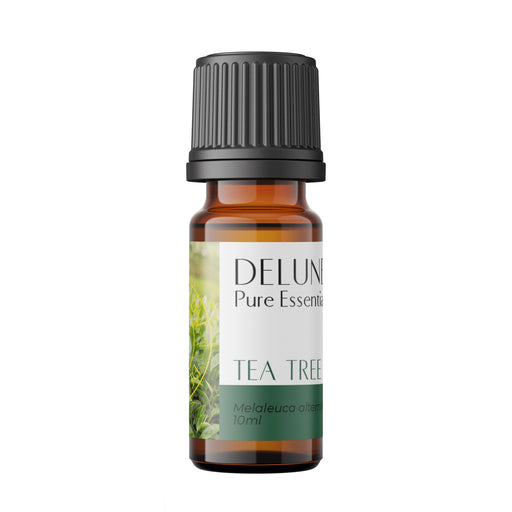



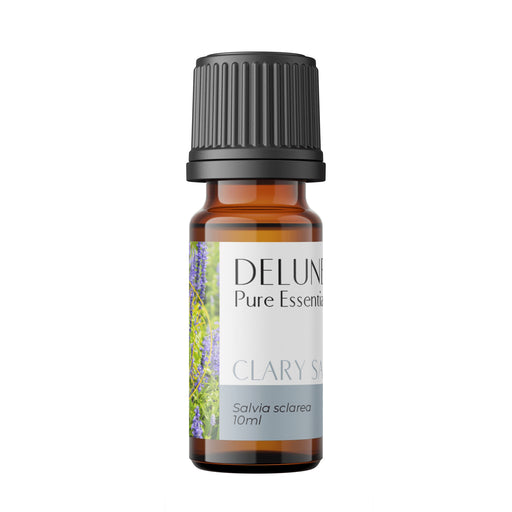

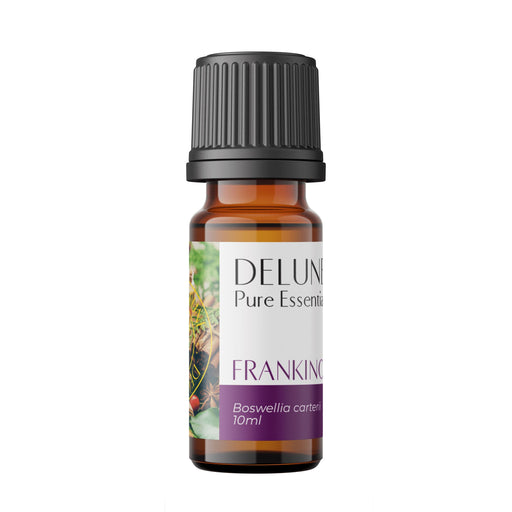
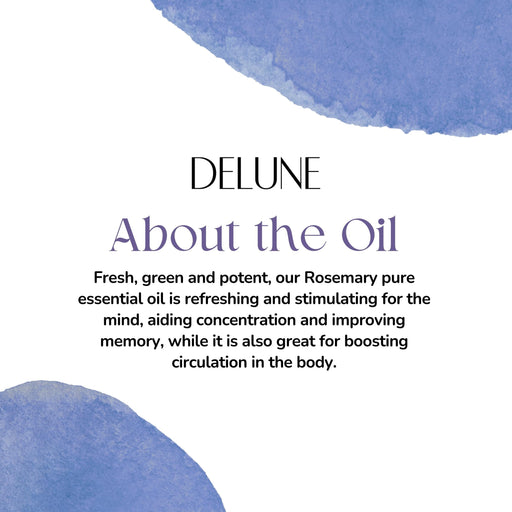

Leave a comment